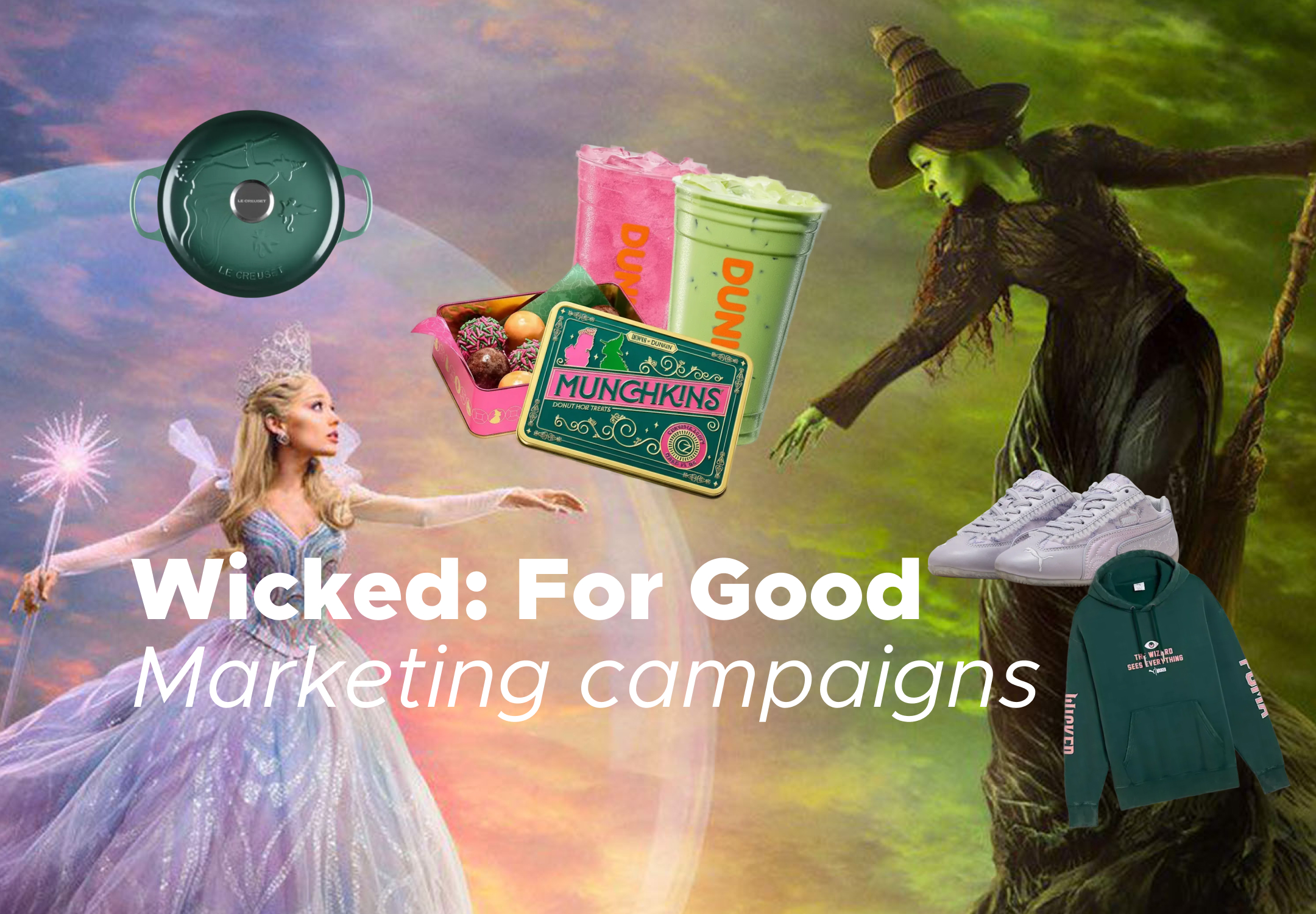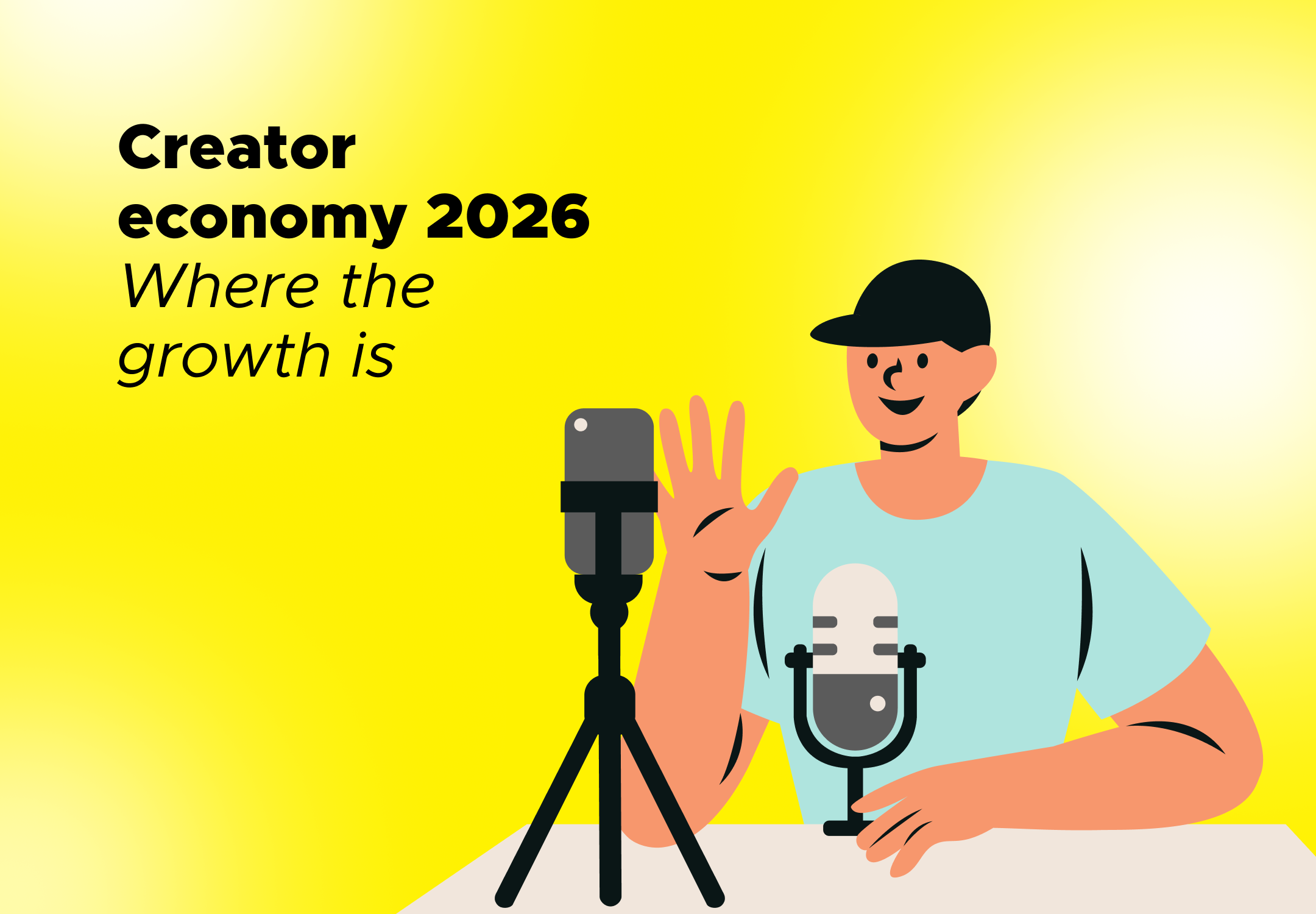How social media is rewiring Gen Z shopping habits – and what it means for brands
Gen Z’s shopping is shaped less by impulse or intention than by social media itself. Discovery commerce, creator-led content and shoppable feeds are collapsing the buying journey into a single scroll - and brands must adapt fast.
October 2, 2025

In 2025, social media is no longer just a channel for entertainment or connection. It has become the shopfront, the review site, the advertising billboard and the checkout queue all at once. For Gen Z, decisions about what to buy are increasingly shaped by platform-native commerce ecosystems, where discovery, consideration and purchase happen in a single scroll.
From browsing to buying in one feed
The rise of discovery commerce – products found serendipitously through creator content, Instagram Reels or TikTok’s For You Page – means shopping is now embedded in the act of social engagement. A product demo from a trusted creator, a flash sale in a livestream or a trending TikTok Shop item can all trigger purchase without the consumer ever leaving the platform.
Profitero’s 2025 report describes this as the “compressed funnel”: awareness, evaluation and purchase taking place almost simultaneously. For brands, campaign architecture must anticipate decisions made in moments rather than days.
Gen Z is also reframing how products are researched. Sprout Social reports that 41% of Gen Z now prefer social platforms to traditional search engines when seeking information. Social has become both discovery engine and validation layer, blending peer reviews, creator tutorials and shoppable posts in the same feed.
Millennials still move between e-commerce sites, Google and social, but Gen Z trusts creator content to serve as both inspiration and proof. Whether a purchase appears impulsive or deliberate depends less on personality and more on how persuasive, authentic and frictionless the content feels in the moment.
Creators as commerce gatekeepers
Influencer marketing has shifted decisively into creator-led commerce. Where creators once played a top-of-funnel awareness role, they are now critical conversion drivers. Always-on influencer marketing strategies ensure brands can reach Gen Z in moments of spontaneous discovery, rather than relying on occasional campaign bursts.
This requires data-driven influencer campaign execution. Brands need AI-powered marketing performance metrics, predictive campaign success software and social performance tracking to measure not only engagement but also direct sales impact. Demonstrating influencer ROI has become a boardroom necessity.
Community-led decision making
The convergence of impulse and intention is most visible in community spaces. Livestream shopping events, creator comment threads and group chats act as micro-communities, where peer validation accelerates decision-making. A TikTok Shop deal may prompt an immediate buy, but it is often the comments and perceived authenticity that close the sale.
Brands that build platform-native creative for TikTok and Instagram, supported by a trend-driven social content calendar, are best placed to harness these blended motivations.
Strategic priorities for brands
- Design for discovery-first commerce
Treat every post as both content and shop window. Shoppable posts, TikTok-native commerce campaigns and live shopping strategy should be embedded in the social media creative strategy. - Use AI marketing analytics
Identifying which creative triggers drive conversions is essential. Performance tracking software and predictive analytics enable real-time campaign adjustments. - Adopt full-funnel influencer campaigns
Creator marketing platforms now allow brands to deliver campaigns spanning awareness through to checkout, ensuring social storytelling is tied directly to measurable outcomes. - Put authenticity ahead of polish
Gen Z values trust over production gloss. Culturally relevant advertising campaigns anchored in creator content consistently outperform highly produced brand-first assets. - Balance paid and organic
Paid social provides reach, but organic creator-led content builds credibility and drives conversions. Effective social commerce strategies fuse the two.
Looking Ahead
As Gen Z matures and Gen Alpha follows, the expectation will be for commerce to be entirely native to social platforms. The distinction between scrolling and shopping will fade further, replaced by predictive algorithms surfacing products before consumers have even articulated demand.
For brands, the implication is clear: social commerce cannot be treated as a side-channel. Success requires a performance-driven marketing strategy built on outcome-based content, predictive analytics and always-on creator collaboration.
The real story is not whether Gen Z shops on impulse or with intention, but how social platforms now shape both behaviours at scale.
Latest News ☕

How ‘Wicked: For Good’ transformed brand collaboration
November 20, 2025
Universal Pictures' Wicked franchise didn't just break box office records with $700 millio...

Creator economy 2026: The industries with the biggest growth potential
November 19, 2025
The creator economy is projected to nearly double from $250 billion to $500 billion by 202...

Vine revival 2025: Jack Dorsey’s diVine brings back 100,000 clips
November 17, 2025
Twitter founder and tech entrepreneur Jack Dorsey funds Vine revival as diVine in 2025, br...


